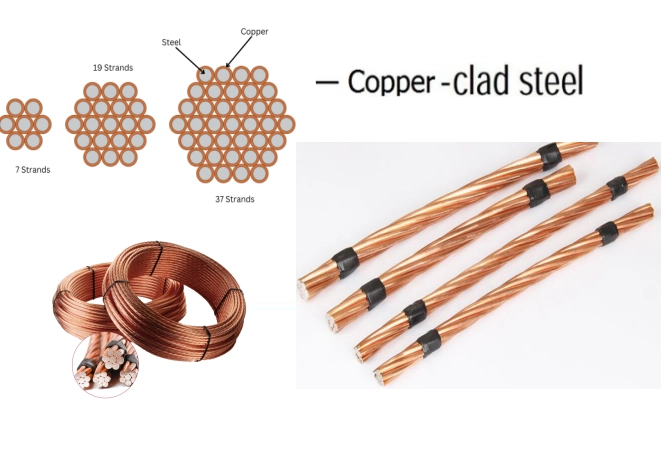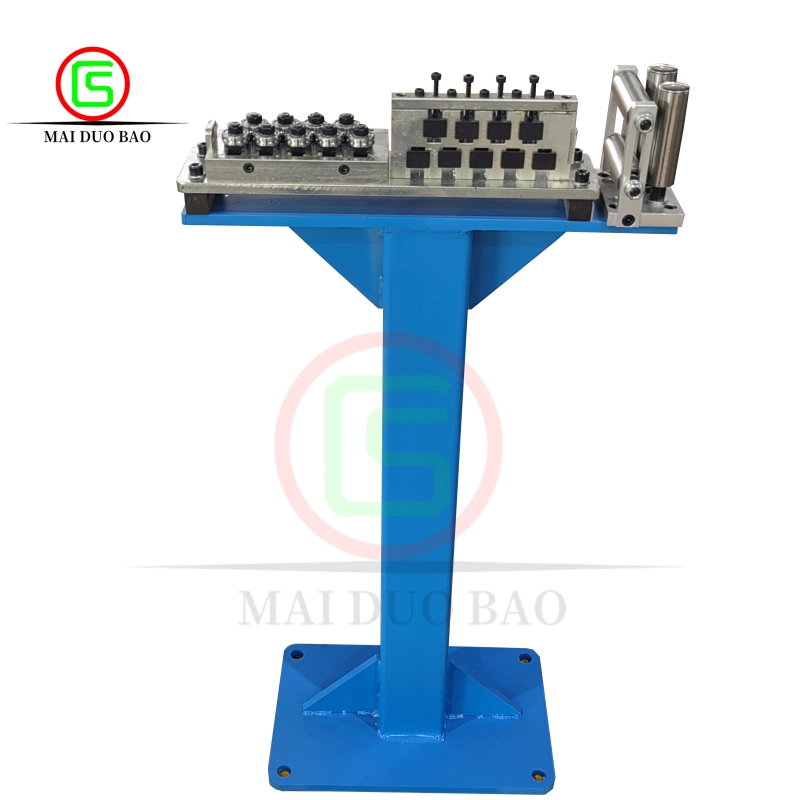In the realm of industrial and commercial operations, selecting the appropriate blower size is akin to finding the golden key that unlocks optimal efficiency, cost-effectiveness, and reliability. Whether you're ventilating a greenhouse, aerating a wastewater treatment plant, or fueling an industrial process, the blower you choose plays a pivotal role. Yet, navigating through the myriad of options can be daunting. This comprehensive guide aims to demystify the process of how to choose blower size, ensuring you make an informed decision that aligns perfectly with your application's needs.
- Understand Your Application Requirements
The journey begins with a thorough comprehension of your specific application. Ask yourself:
- What is the primary purpose of the blower? (e.g., aeration, ventilation, material handling)
- What are the flow rate and pressure requirements? These parameters will heavily influence your choice.
- What are the operational conditions? Consider factors like ambient temperature, humidity, and potential contaminants.
- Assess System Characteristics
Understanding the characteristics of the system into which the blower will be integrated is crucial:
- Ductwork and Impedance: Measure the resistance the system presents to airflow. Long, narrow ducts or multiple bends can significantly increase impedance.
- Static Pressure: Calculate the static pressure needed to overcome the system's resistance. This is critical for selecting a blower capable of delivering the required airflow under these conditions.
- Evaluate Efficiency and Energy Consumption
Efficiency isn't just about performance; it's about cost savings too. Look into:
- Motor Efficiency: Choose motors with high efficiency ratings to minimize energy consumption.
- Blower Type: Positive displacement blowers (e.g., Roots blowers) vs. centrifugal blowers have different efficiency curves based on flow and pressure requirements.
- Variable Frequency Drives (VFDs): Incorporating VFDs can provide flexibility in adjusting the blower speed to match varying demands, enhancing overall efficiency.
- Consider Maintenance and Longevity
The reliability and ease of maintenance of your blower are often overlooked but critical factors:
- Material of Construction: Select materials compatible with the media being handled and the environmental conditions. Corrosion-resistant alloys might be necessary for certain applications.
- Lubrication Systems: Oil-lubricated blowers may require more maintenance but can offer higher pressures, while oil-free options simplify maintenance but may have limitations.
- Manufacturer’s Warranty and Support: A robust warranty and responsive customer support can save you time and money down the line.
- Calculate the Total Cost of Ownership (TCO)
Beyond the initial purchase price, consider the TCO, which includes:
- Energy Costs: Based on the blower's efficiency and operational hours.
- Maintenance Expenses: Regular services, spare parts, and potential downtime costs.
- Replacement Cycle: Longevity of the blower and timing of future upgrades or replacements.
- Perform a Side-by-Side Comparison
Once you've narrowed down your options, create a comparison matrix based on:
- Technical Specifications: Flow rate, pressure, efficiency.
- Vendor Reputation: Reliability, customer reviews, after-sales service.
- Cost Analysis: Initial investment vs. TCO.
- Test and Validate
Before finalizing your choice, if possible, conduct a trial run or request a demo from the supplier. Real-world testing can reveal nuances that data sheets might overlook.
- Monitor Performance: Check for vibration, noise levels, and actual flow/pressure delivery.
- Adjust as Necessary: Based on test results, fine-tune your selection or consider additional accessories like silencers or filters.
Conclusion: A Perfect Fit for Every Need
Choosing the right blower size is an intricate dance of balancing technical specifications, operational demands, and economic considerations. By following this multi-layered approach, you can ensure that your blower not only meets but exceeds expectations, driving efficiency, sustainability, and profitability in your operations. Remember, the perfect blower isn't just about size; it's about aligning every aspect of its performance with the unique demands of your application. Happy blowing!

